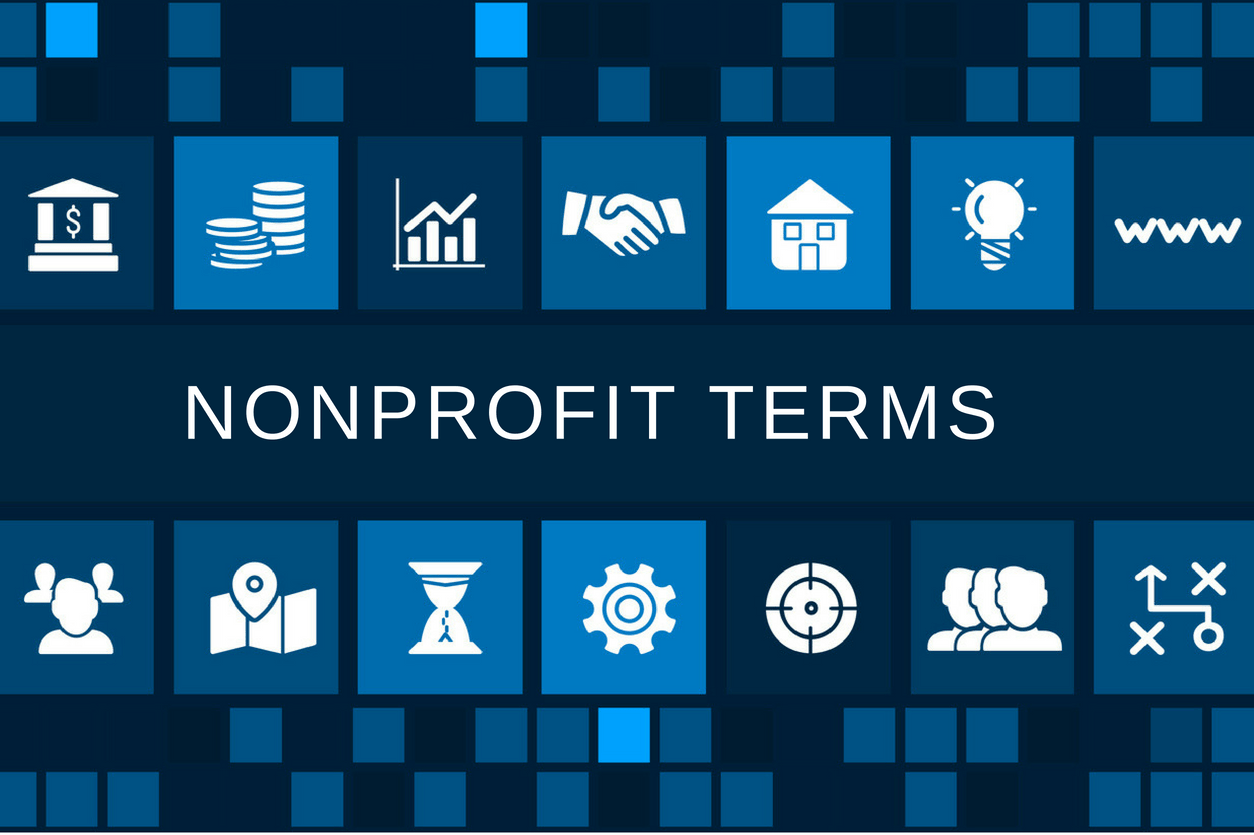Common Nonprofit Glossary Terms You Should Know
Navigating the nonprofit world can sometimes feel overwhelming, especially with the variety of terms and jargon that are used. To help you better understand and communicate effectively within the nonprofit sector, here’s a quick guide to some common nonprofit glossary terms:
1. 501(c)(3)
A section of the U.S. tax code that designates an organization as tax-exempt because it operates for charitable, educational, religious, or similar purposes. Donations to 501(c)(3) organizations are typically tax-deductible.
2. Annual Fund
A yearly fundraising campaign designed to attract regular contributions, typically to support an organization’s ongoing operations.
3. Endowment
A pool of funds is donated to a nonprofit where the principal is invested and the interest is used to support the organization’s mission over time.
4. Donor-Advised Fund (DAF)
A charitable giving account where donors contribute to a fund, receive immediate tax benefits and then recommend grants to nonprofits over time.
5. Matching Gift
A donation made by a company or individual that matches contributions made by others is typically used to encourage more donations.
6. Restricted Funds
Donations that must be used for a specific purpose, as designated by the donor. For example, funds for a particular program or project.
7. Unrestricted Funds
Funds that can be used for any purpose the nonprofit deems necessary, such as operational costs, staff salaries, or new projects.
8. Capital Campaign
A targeted fundraising drive is designed to raise significant funds for a specific purpose, such as constructing a building or purchasing equipment.
9. Fiscal Sponsor
An established nonprofit that provides its tax-exempt status to a project or group that does not yet have 501(c)(3) status.
10. In-Kind Donation
Non-monetary contributions such as goods or services instead of cash. For example, donated office supplies or pro bono legal services.
11. Key Performance Indicators (KPIs)
Metrics are used to measure the success or impact of a nonprofit’s programs, campaigns, or organizational goals.
12. Grant
A financial award is given by a government entity, foundation, or corporation to support a nonprofit’s mission or specific project.
13. Major Donor
An individual or entity that makes substantial contributions to a nonprofit, often forms the backbone of its funding.
14. Board of Directors
A group of individuals who oversee a nonprofit’s operations, ensure accountability and provide strategic guidance.
15. Fundraising Appeal
A communication sent to potential donors requesting support, typically via email, mail, or social media.
16. Stakeholders
Individuals or groups with an interest in the nonprofit’s work, including donors, beneficiaries, staff, and volunteers.
17. Volunteer Management
The process of recruiting, training, and coordinating volunteers to support a nonprofit’s mission.
18. Planned Giving
Donations are arranged in advance, often through wills, trusts, or other estate planning tools.
19. Crowdfunding
Crowdfunding is the process of raising small amounts of money from a large number of people, typically through online platforms. It’s a powerful method for nonprofits to fund projects, campaigns, or operational costs by engaging with their communities.
-
Stewardship
The ongoing process of nurturing relationships with donors and supporters, ensuring they feel appreciated and engaged.
Familiarizing yourself with these terms can help you better navigate conversations, documents, and strategies within the nonprofit sector.
Whether you’re a donor, volunteer, or nonprofit professional, understanding these concepts will enable you to contribute more effectively to the mission.
Visit our website and get started with your fundraising journey today
ASEAN Donations NATO Nonprofit Organisation Nonprofits Nonprofits terms UN WHO
Last modified: February 18, 2025

















